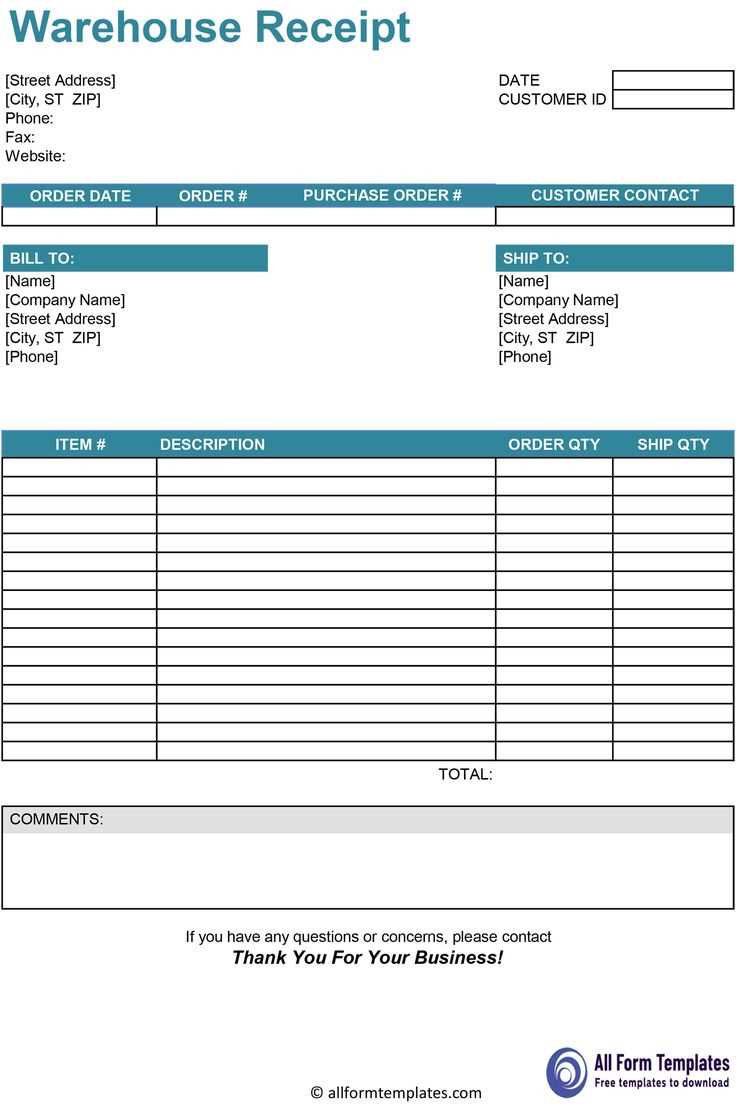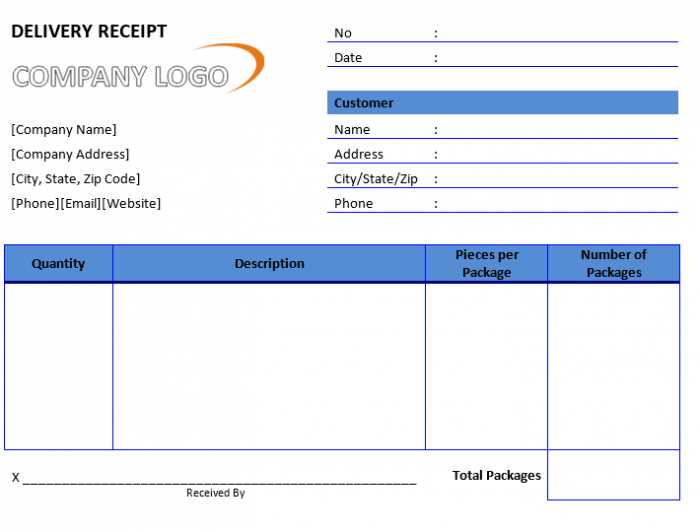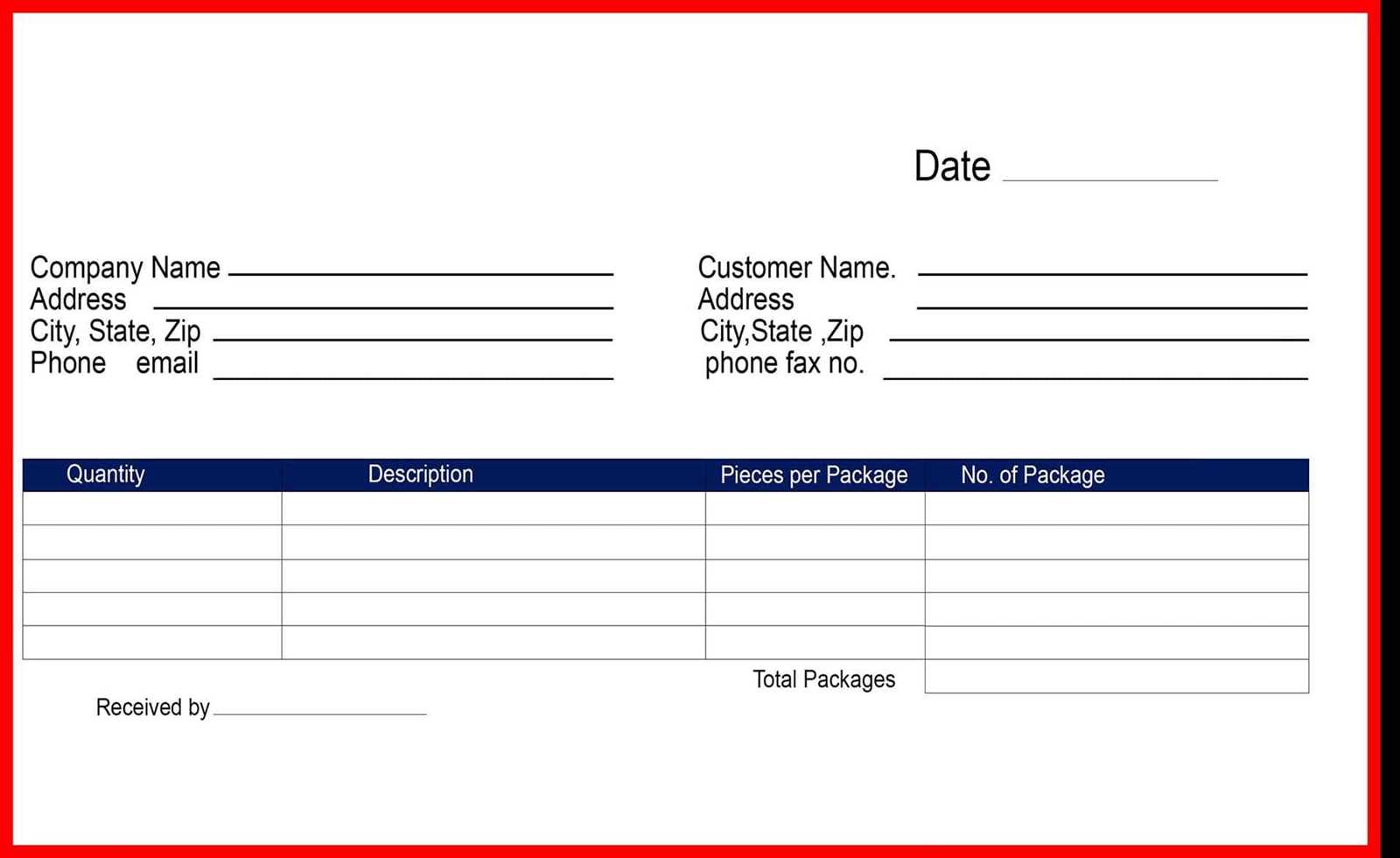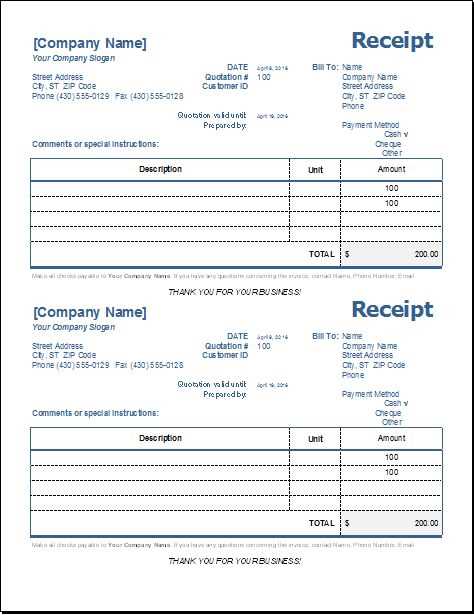
Creating a Clear and Simple Receipt Form
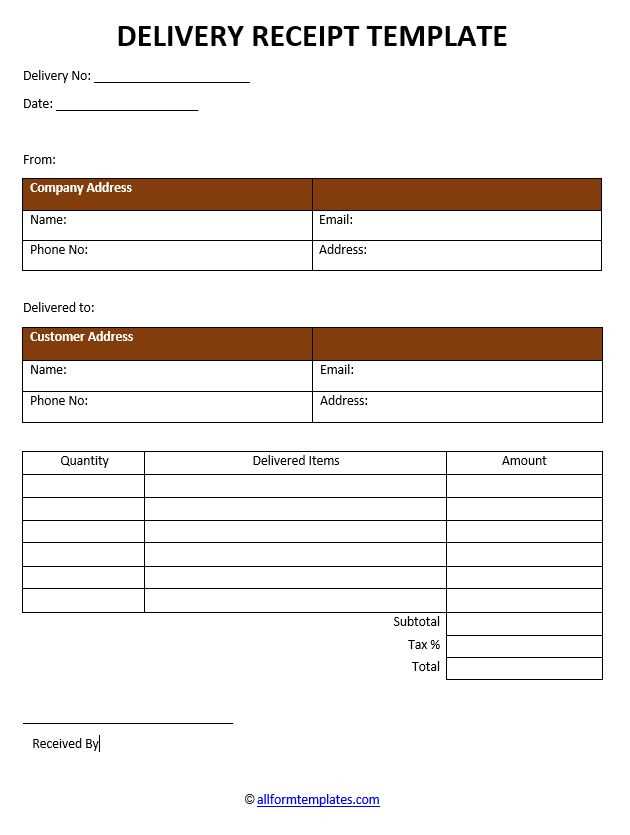
To design a straightforward receipt template, focus on the key details that must be recorded for both parties involved. A basic receipt form includes the transaction amount, date, item description, and contact information for both the seller and buyer. These elements ensure clarity and transparency for record-keeping and reference purposes.
Key Sections to Include
- Receipt Number: Assign a unique number for tracking purposes.
- Date: Include the exact date of the transaction.
- Seller Information: List the name, address, and contact details of the seller.
- Buyer Information: Include the buyer’s name, address, and contact details (if necessary).
- Description of Products or Services: Provide a detailed list of items or services purchased with quantities and individual prices.
- Total Amount: Display the total sum of the transaction.
- Payment Method: Indicate the method used for payment (e.g., cash, credit card, etc.).
Additional Information to Consider

- Discounts or Promotions: If applicable, mention any discounts or special offers.
- Tax Information: Specify any taxes applied to the total amount.
- Terms and Conditions: Include any applicable terms related to returns or exchanges.
Customizing the Template for Your Business
When creating a receipt form for your business, tailor it to reflect your brand. Use your logo and business color scheme for a professional look. You may also include additional fields such as order number or a signature line if needed for your transaction process. Simple formatting ensures that the form remains legible and easy to complete. Consistent use of this template will streamline your business’s transaction documentation and improve efficiency.
Receipt Template Form: A Practical Guide
The structure of your receipt is critical for clarity and functionality. Choose fields that are directly related to the transaction. These should include the transaction date, item descriptions, quantities, price per item, total price, and payment method. It’s also beneficial to include a unique receipt number for easy reference. A space for the customer’s name or contact details is useful for returns and customer service purposes.
Choosing the Right Fields for Your Receipt
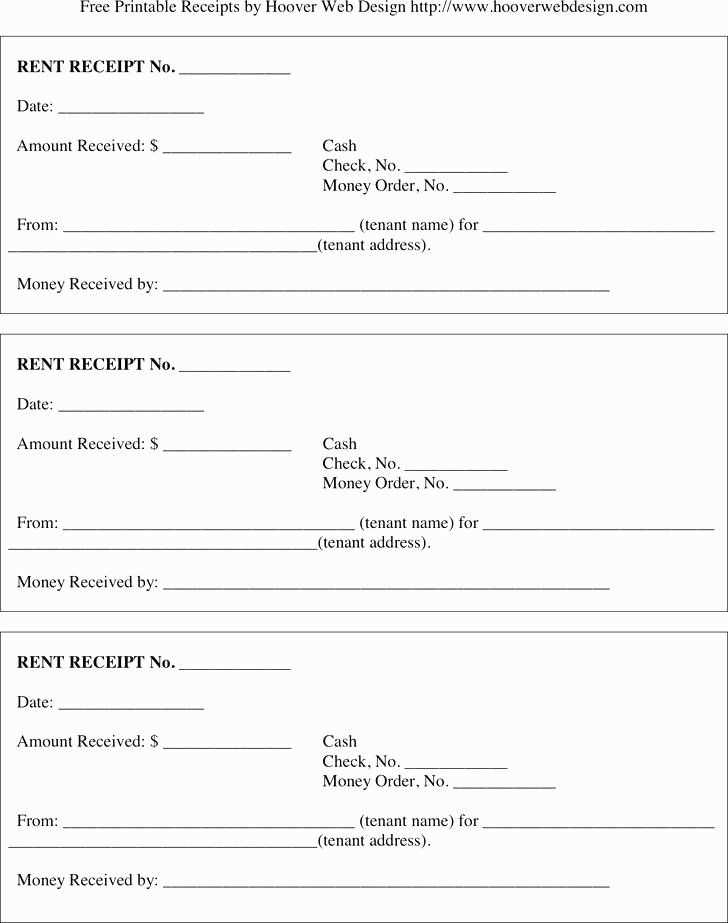
Start with the basics: transaction date, itemized list of products or services, and total amount paid. Depending on the type of transaction, you might need additional fields, like taxes, discounts, or shipping charges. For businesses that operate in multiple locations, consider including the store or location identifier to avoid confusion.
Customizing the Layout for Various Transactions
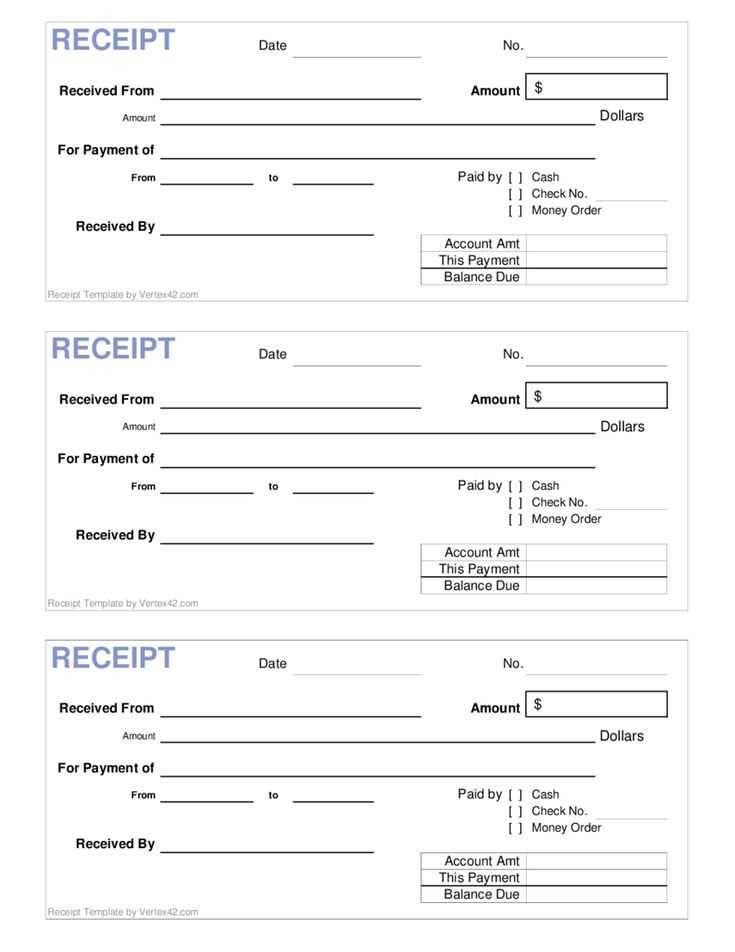
For different transaction types, adjust the format to suit the need. Retail transactions may prioritize a clear item breakdown, while service-based businesses may need to highlight service hours or labor rates. Maintain consistent alignment and spacing to ensure readability. Avoid overcrowding the receipt with unnecessary information.
Lastly, check the local regulations to ensure your receipt meets any legal requirements, such as including tax information or business registration numbers. This guarantees that your receipt is compliant with local laws and provides all necessary details for your customers.
